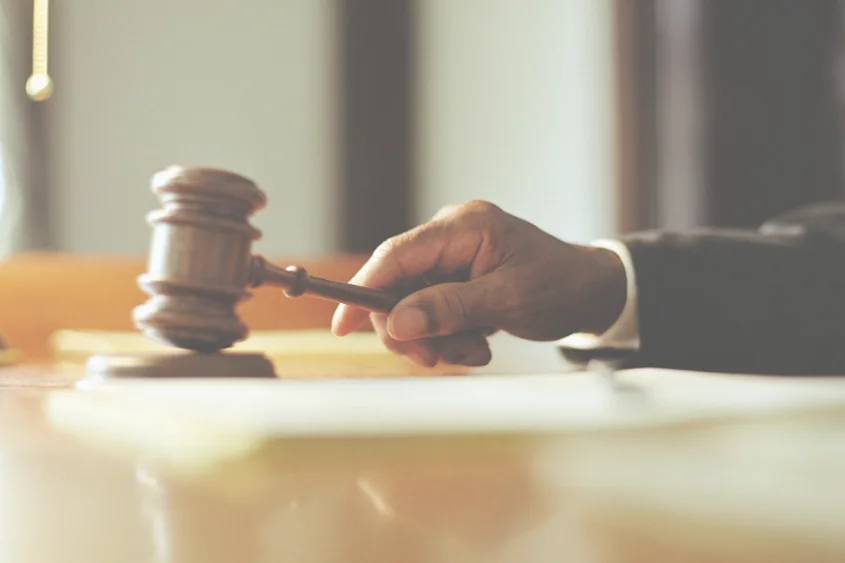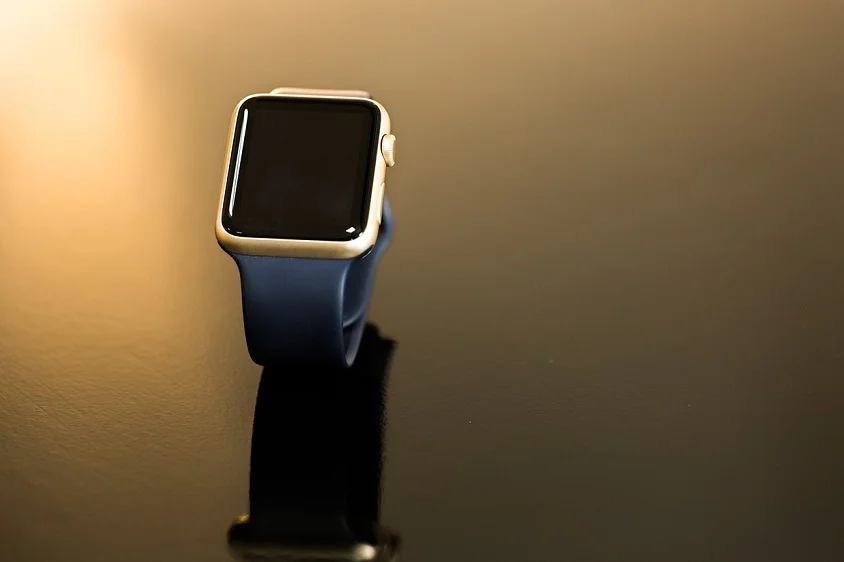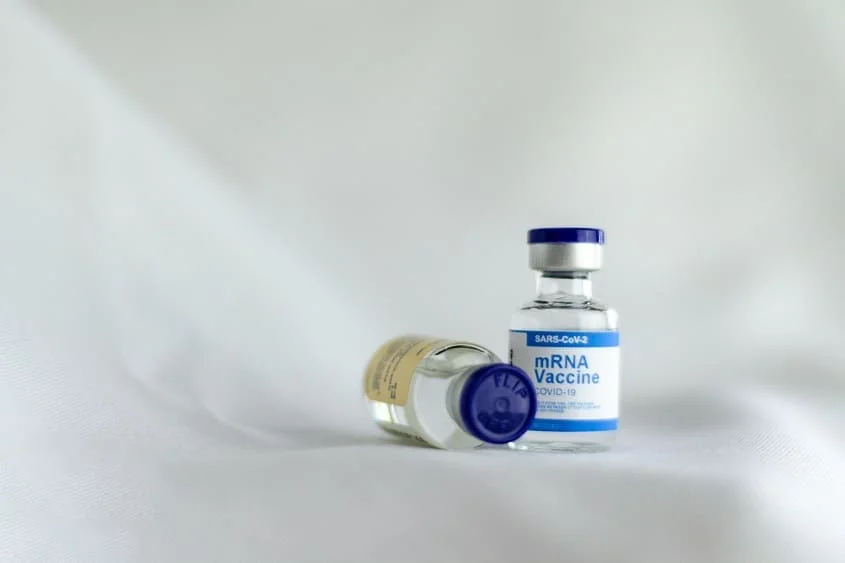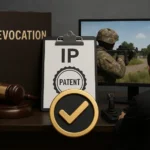USPTO Director’s Landmark Ruling Signals New Era for AI Patent Eligibility
- Updated on: Oct 7, 2025
- Read 2 minutes
By
- Published on Oct 7, 2025
In a groundbreaking move that’s sending ripples across the tech and legal communities, the newly appointed U.S. Patent and Trademark Office (USPTO) Director, John A. Squires, has taken a decisive stance on artificial intelligence (AI) patent eligibility. Just days after assuming office, Squires convened the rarely used Appeals Review Panel (ARP) and issued a landmark decision in Ex parte Desjardins, effectively reversing a previous PTAB ruling that had rejected an AI-related patent under 35 U.S.C. §101. The message was loud and clear — AI innovations deserve a fair shot at patent protection.
The Case That Sparked the Change
The patent application at the core of this decision, U.S. Application No. 16/319,040, concerns methods for training machine learning models, specifically techniques that enable systems to learn new tasks without forgetting prior ones, while optimizing storage and computational efficiency. Previously, the Patent Trial and Appeal Board (PTAB) rejected the claims, labeling them as ‘mathematical calculations’ lacking practical application — the classic reasoning behind §101 rejections under the Alice framework.
Director Squires’ Bold Intervention
Upon review, Director Squires and the ARP vacated the PTAB’s rejection, ruling that the invention did indeed demonstrate improvements in computer functionality which is a core factor in establishing patent eligibility. Drawing from the Enfish v. Microsoft precedent, Squires noted that many computer advancements are defined not by physical components, but by logical structures and intelligent processes that enhance performance.
He went further, warning that ‘categorically excluding AI innovations from patent protection in the United States jeopardizes America’s leadership in this critical emerging technology.’ This is one of the strongest statements ever made by a USPTO Director regarding AI patent policy.
A Policy Shift at the USPTO
This ARP decision isn’t just about one patent. It signals a policy pivot at the USPTO — from restrictive interpretations of §101 toward a more inclusive, innovation-friendly approach. Squires made it clear that patent examination should focus on §§102 (novelty), 103 (non-obviousness), and 112 (disclosure), rather than defaulting to §101 exclusions.
Comparison: Old vs. New Approach to AI Patents
| Previous USPTO Approach | Emerging Approach under Director Squires |
|---|---|
| AI models often rejected as abstract math or algorithms. | AI innovations seen as technical systems improving computer performance. |
| Examiners relied heavily on §101 for rejection. | Examiners now urged to use §§102, 103, and 112 for proper scope control. |
What This Means for AI Innovators
For AI researchers, startups, and tech enterprises, this decision is more than symbolic — it opens the door to protect machine learning architectures, model optimization processes, and data-handling techniques once dismissed as ineligible. Patent applicants are now encouraged to emphasize technical impact in their filings.
• Draft patent specifications with clear technical advantages — e.g., reduced computational cost or storage.
• Include experimental data or performance benchmarks to prove improvement.
• For ongoing applications, cite *Ex parte Desjardins* during examiner interviews or appeals.
• Revisit previously rejected AI or ML patent ideas — they may now be viable.
Beyond AI: Ripple Effects Across Emerging Tech
Interestingly, Director Squires’ first week in office also saw the issuance of patents in cryptocurrency and medical diagnostics — two sectors often caught in eligibility disputes. His statement that the USPTO is ‘open for business for the technologies of tomorrow’ marks a clear intent to modernize patent examination frameworks.
A Turning Point in AI Patent Policy
The Ex parte Desjardins decision represents more than a procedural reversal. It’s a philosophical shift. By recognizing the tangible technological contributions of AI systems, the USPTO under Squires’ leadership is aligning U.S. patent law with the realities of modern innovation. The coming months will reveal how quickly this sentiment filters down to examiners, but for now, one thing is certain — AI patents are back in play.
💬 Have thoughts on this policy shift? Share your perspective in the comments or tag us on LinkedIn with your views on how this could reshape AI innovation.










No comment yet, add your voice below!